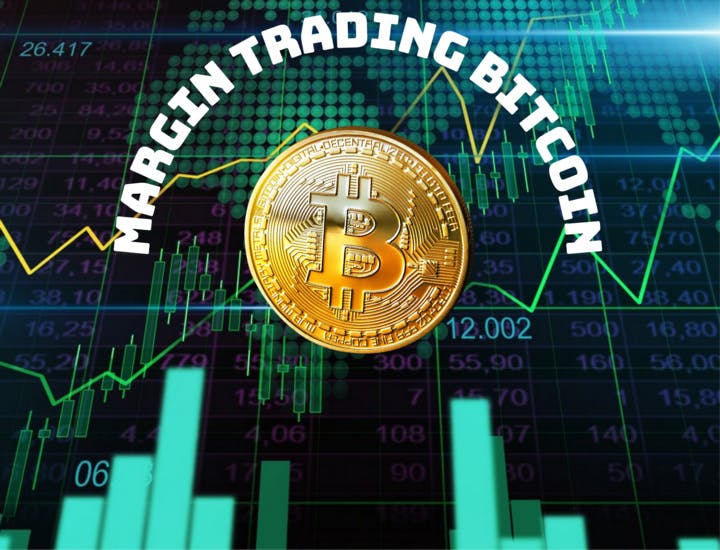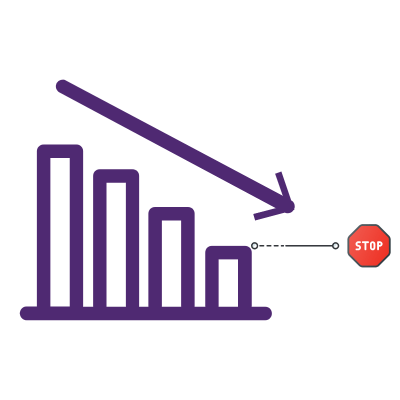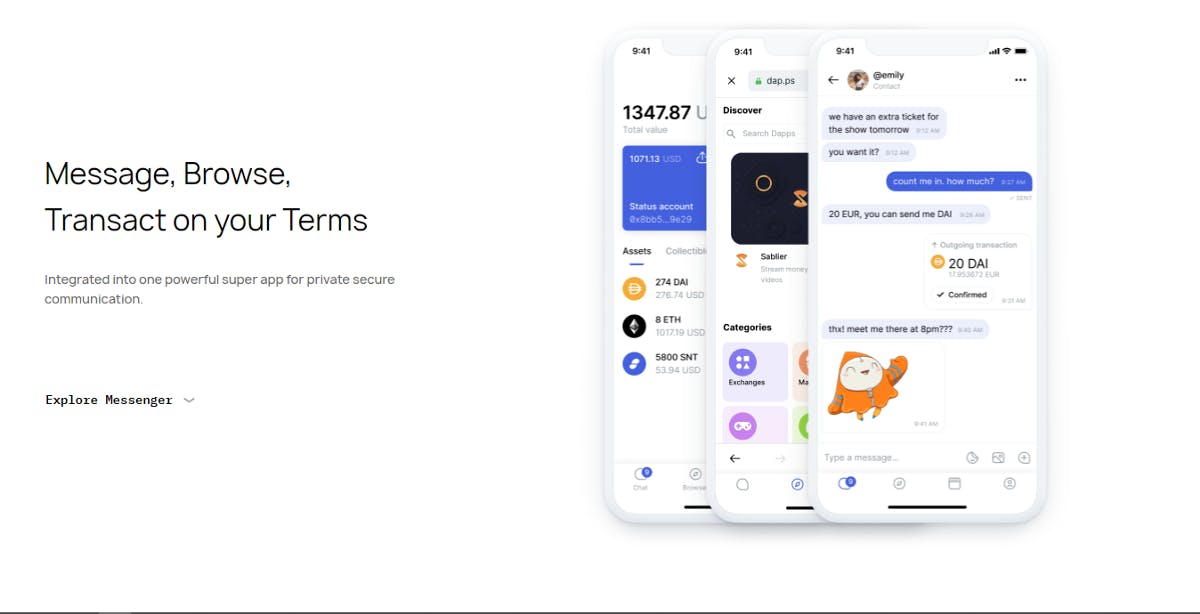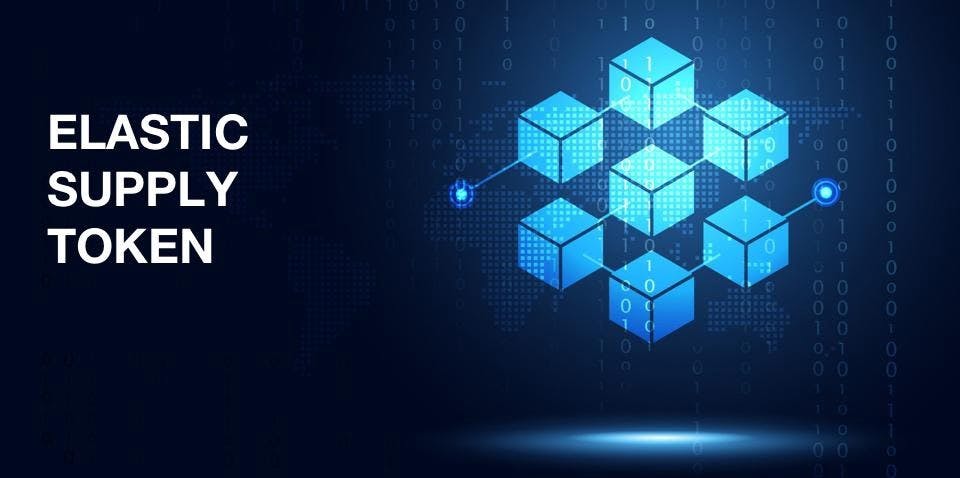
- All
- Tools
- Analytics
- Technical Analysis
- Trading
- Blockchain
- DeFi
- Guides
- Company News
- Educational
- Opinion
- Price Predictions
- Market News
- News
- Trading cases
- Practical guides
- Exchanges
- Trading signals
- Cryptocurrency
- Crypto bots
- Other
Become a crypto master
Learn everything about crypto,
trading and bots

Decentralized management of digital assets
Start Trading on 3Commas Today
Get full access to all 3Commas trading tools with free trial period

About six years have passed since the first DeFi projects appeared, and their number has grown tenfold since then. By 2021, the total value of funds locked in the decentralized finance ecosystem reached nearly $23 billion. Along with the number of projects, the number of ecosystem development areas has grown as well. In previous articles of our “Voyage through the DeFi universe” series, we’ve looked at the decentralized finance sector components, which are divided into an roughly 12 areas.
Today, we would like to go through some solutions that offer users different ways to track and hedge assets, as well as ways to decentralize asset management.
Features of decentralized asset management
The world of decentralized finance is growing at a fast pace, and consequently, it is becoming increasingly challenging to track assets distributed across various projects and platforms. It is for this reason that there is a question of creating dashboards and interfaces for asset tracking.
Decentralized asset management mechanisms allow users to track their assets, provide access to sophisticated trading strategies, ensure transparency of investment fund operations, and provide access to financial instruments to any user, regardless of location.
DeFi asset management products are non-custodial, and hence users have control over the underlying assets. Most projects in this sector connect to a wide range of DeFi projects, creating an extensive user experience.
A large number of asset management tools and mechanisms are automated, and hence functions such as liquidation or rebalancing, for example, occur without user input.
Below we will break down some of the projects and platforms that offer asset management services.
Zapper
Zapper is a project aggregator that offers asset monitoring and management functions, as well as investing in third-party projects’ pools. The Zapper dashboard analyzes addresses and breaks down transactions into categories such as wallets, liquidity pools, debts, yield farming, deposits, etc. While investing funds on different platforms, users can track their positions across all major DeFi protocols and manage their assets, saving time and effort.
Zapper was born from a merger of two projects: DeFiZap, which allowed users to invest in Uniswap liquidity pools, and DeFiSnap, which was a dashboard for tracking DeFi positions in protocols such as dYdX, Synthetix, Set Protocol, and Compound.
The platform became popular after the emergence of so-called yield farming. Since farmers’ profits could change daily, Zapper was a great solution for monitoring and selecting the best positions.
Zapper converts ERC-20 tokens into tokens needed for the selected pool, eliminating users’ need to convert their assets. Creating easy access to liquidity pools is a prerequisite for scaling and popularizing DeFi. Thus, the developers announced the Pool Pipes feature, which will allow users to move funds between pools. At the moment, pools of such platforms as Curve, SushiSwap, and Uniswap are available on Zapper.
Zerion
Zerion is the main competitor to the Zapper platform and has an easy-to-use built-in dashboard for tracking DeFi portfolios. The protocol enables users to provide liquidity to Uniswap and Bancor. Lending, borrowing, and asset exchange capabilities are available through integration with 0x, Maker, Kyber, and Compound. Zerion also allows positions to be tracked in Set Protocol along with each token in the user’s wallet.
Zerion allows loaning such assets as 0x, Augur, BAT, DAI, USDT, USDC, WBTC, while integration with TokenSet allows for automated trading strategies and diversified investment portfolios using the token system.
InstaDapp
Instadapp is a protocol that allows investors to perform financial operations such as crediting, staking, leveraged trading, margin trading, and more, by providing a single integrated platform. InstaDapp is integrated with Compound, MakerDAO, Uniswap, dYdX, Aave, Curve, 1inch, and allows users to interact with these protocols through its platform.
InstaDapp developers created their own smart contracts to make it easy to interact with DeFi protocols. Thus, InstaDapp allows you to manage all Uniswap pools, earn interest by providing assets via Compound, perform leveraged trading on dYdX, transfer positions from Maker to Compound, and much more.
InstaDapp charges no fees, and smart contracts are audited by companies such as Peckshield, Samsunz, and OpenZeppelin. In January 2021, InstaDapp announced support for refinancing credit and leveraged positions between Maker, Aave, and Compound protocols.
Enzyme Finance (formerly Melon Protocol)
Melon Protocol is an Ethereum-based decentralized digital asset management protocol that positions itself as Asset Management 3.0. Enzyme is a secure environment for creating, managing, and investing in digital assets, as well as creating management strategies that can exist within a configurable set of rules.
The Enzyme protocol allows the creation of asset management funds with predefined parameters executed by smart contracts. Enzyme allows investment in numerous funds available on the platform, while the process is trustless due to the parameters and rules encoded into the smart contracts.
Each fund consists of a standardized repository that allows for auditing and calculations and acts as the basis for connecting various modules; this could include setting management fees, connecting the fund to public exchanges, or a set of rules that limit the fund manager’s involvement. Any investor can audit the plug-ins and fund rules before investing their money.
Enzyme is currently integrated with such decentralized exchange protocols as Oasis, Kyber Network, 0x, and Uniswap.
Set Protocol
Set Protocol is an Ethereum-based protocol that provides access to sophisticated trading strategies through the purchase of ERC-20 tokens called “Sets.” Set utilizes existing open finance protocols to aggregate crypto assets into fully collateralized baskets. The protocol allows you to create Sets, which are portfolios backed by digital assets that contain various parameters and rebalancing strategies. Examples of such Sets are a collection of market indices that track asset classes, a hedged set, a composite set of stablecoins, and more.
Set Protocol has its own Tokensets interface, which facilitates all the transactions. By purchasing a Set, the user acquires an ERC-20 token, which is a bid for the underlying assets within Set Protocol smart contracts. Liquidity is provided through integration with Kyber Network; other exchanges such as 0x, Uniswap, Bancor, and few others will be added in the future.
dHedge
dHedge is a decentralized asset management protocol based on Synthetix and allows users to trade Synths tokens or other tokens that replicate the dynamics of such assets as gold, Bitcoin, and USD.
The dHedge protocol brings new ways of using liquidity in the derivatives market that the Synthetix protocol provides. Synthetix assets have the advantage of being a means of demonstrating the price of the underlying asset in a chain, which in turn allows investors to create unique portfolios.
The principle of the platform is similar to Enzyme Finance and Set Protocol. Managers create pools using dHedge smart contracts and can also use active management strategies, algorithmic strategies, or invest in other pools on the platform.
Pools attract investment managers to dHedge, while managers and traders can raise funds for their work. Managers can also charge a performance fee by tracking the pool’s return on investment. In turn, investors can get in and out of the pool by interacting with a smart contract and see what assets are currently in the manager’s pool.
Conclusion
Asset management protocols are in the process of being integrated with popular DeFi sector platforms. Due to the rapid growth of decentralized finance, tools that would make it easier for users to interact with various protocols will be developed at an accelerated pace. Platforms with a user-friendly interface for digital asset management enable ordinary users to access a wide range of financial instruments and products. At the same time, the creation of decentralized asset management funds allows users to invest in ready-made strategies and not worry about underlying assets or protocols.

A proven leader, successful at establishing operational excellence and building high-performance teams with a sharp focus on value creation and customer success.






